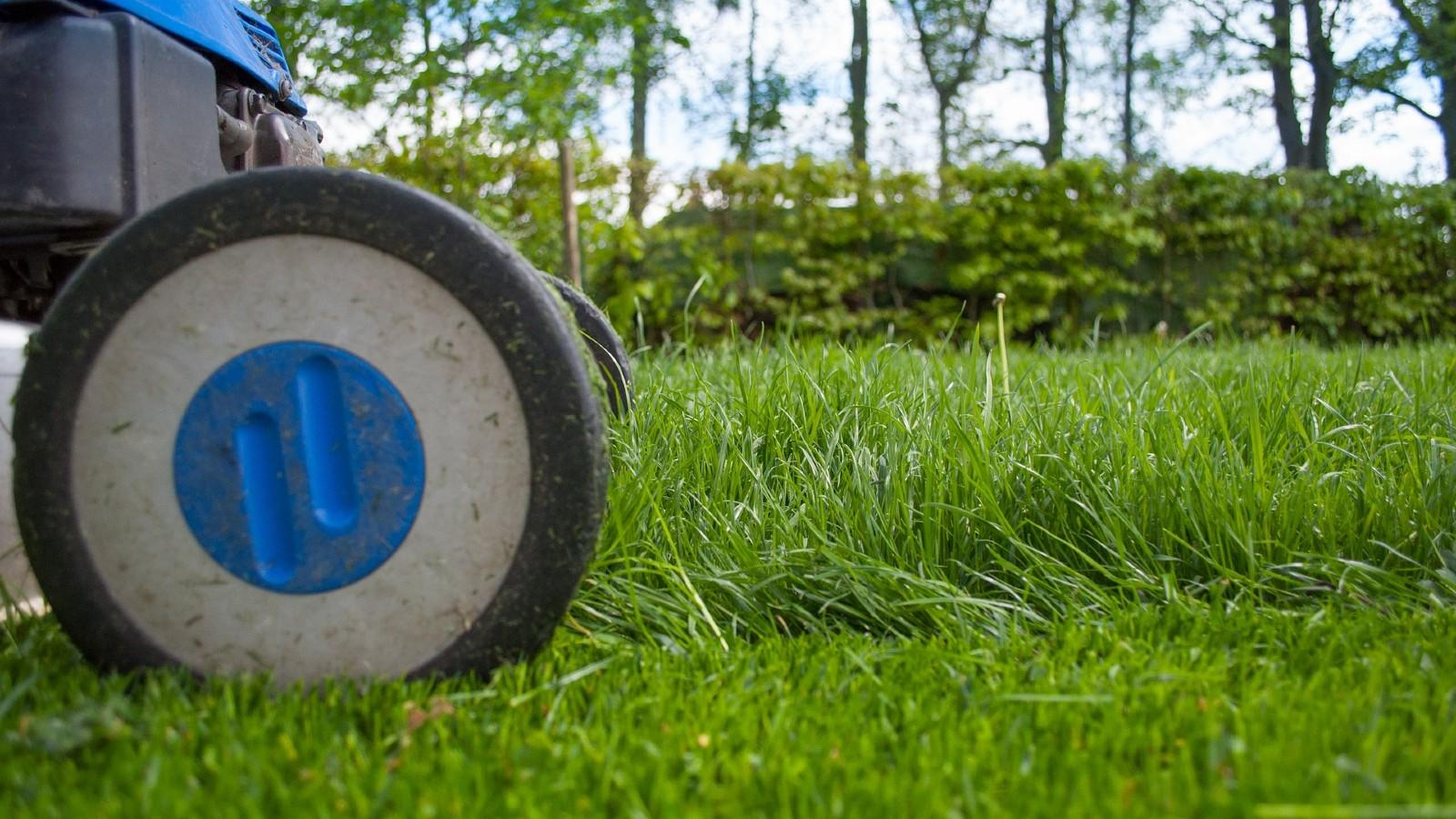
Sustainable Gardening
-
Planting trees to shade your home in the summer can help reduce the costs of air conditioning. Plan now for tree selection and placement. The next best time to plant trees will be in early-to-mid fall.
-
Too much or too little rain? Climate change brings more variable and more severe weather - heavier rainfall events, or periods of drought. Incorporate stormwater practices like rain gardens and conservation landscaping to minimize flooding and erosion problems. In droughts, use drip irrigation to minimize water waste.
-
It's time to think about fall planting! You can grow a variety of vegetables to harvest this fall, and some food crops can survive through the winter under protective row covers.
Trees & Shrubs
- Mulch your landscape now if you haven’t done so already. Mulch helps keep weeds down and conserves soil moisture. Mulch should be applied 1-2 inches deep and kept away from tree and shrub trunks.
- If you planted new trees and shrubs this spring, remember to check your soil moisture at least once each week and keep up with watering, as needed.
Flowers
- Native plants that bloom in the summer -- e.g., wild bergamot (Monarda fistulosa), narrow-leaved mountain mint (Pycnanthemum tenuifolium), black-eyed Susan (Rudbeckia spp.), and blazingstar (Liatris spicata) -- support native bees, butterflies, and hummingbirds.
- Chrysanthemums and asters should be cut back halfway by mid-July to encourage fall blooming. If not trimmed they will bloom later this month and not in the fall.
Edible plants
- Sow seed for fall transplants of broccoli, kale, turnip, and cauliflower in flats or containers by the 3rd to 4th week in July. Late crops of squash, beans, and cucumbers can be direct sown into your garden through the end of July.
- Blossom-end rot of tomato, pepper, squash, and watermelon causes the bottom (blossom) end of the fruit to become brown and rotted. Promptly remove affected fruits.
- Tomato plants may be exhibiting symptoms of various leaf spot diseases such as septoria and early blight. Remove badly infected lower leaves, keep a thick organic mulch around plants and avoid overhead watering.
- Squash vine borer larvae are feeding inside squash and pumpkin stems. Monitor plants for signs of wilting and entrance holes on lower stems. You may see sawdust-like frass around the hole.
- Brown rot infects peach, cherry, and plum fruits. Pick peaches when background color changes and before fruits become fully ripened. Bring fruits indoors, submerge them in a 1:10 bleach to water solution to kill brown rot fungal spores, rinse well, and allow them to ripen in the kitchen.
- Leave blueberries on the plants for three to five days after they turn blue. This allows berries to reach their maximum sugar content.
Lawns
- Proper lawn mowing is critical to help it survive the summer. “Mow ‘em high and let ‘em lie” should be your mowing strategy. Cut your cool-season turf (fescues and bluegrass) to a height of 3-4 inches and leave the clippings on the lawn where they will naturally decompose.
- Fertilize bermuda and zoysia grasses. Summer applications of fertilizer should not be applied to cool-season grasses (fescues and bluegrass).
- Consider planting groundcovers where grass won’t grow such as shady areas, around tree roots, and on steep slopes. Select plants based on the amount of sun or shade the site receives.
Pests
- Spotted lanternfly adults may be found feeding on many hosts, especially tree of heaven (Ailanthus altissma). If you observe spotted lanternflies, inform the Maryland Department of Agriculture (MDA) by reporting the sighting here as soon as possible. Try to collect a sample insect in a small bottle containing alcohol or take a good clear photo of the insect and email it to MDA. Spotted lanternfly was first confirmed in Cecil County in October 2018 and since then it has been detected in many other Maryland counties as well.
- Japanese beetles may be feeding heavily at this time. Brush the beetles into a bucket of soapy water held underneath foliage or branches. The use of Japanese beetle traps near your plants is not recommended. Studies show that traps can attract more beetles to your landscape resulting in increased damage.
- Bagworm caterpillars are now very active. Look for little bags crawling around on evergreen trees and shrubs and be prepared to spray infested trees with the microbial insecticide, Bt by mid-July. Mature bagworms are not well controlled with Bt. They are best collected by hand and destroyed or sprayed with insecticides containing spinosad.
- Patrol your yard for mosquito breeding sites. At least twice a week, check and remove water that may be standing in trash and recycling cans, flower pot saucers, children’s and pet's toys, wading pools, tires, tarps, or plastic sheeting.
- Ticks are active year-round. After spending time outdoors in an area where ticks may be present get in the habit of doing a tick check upon your arrival home.
Indoor plant and insect tips
Indoor plants
- Continue to fertilize indoor plants since they are actively growing.
Pests

Photo: Kansas Department of Agriculture, Bugwood.org
- Springtails are very small insects, 1 to 2 millimeters long, and whitish or grayish in color. Occasionally they may be a problem in bathrooms, kitchens, and basements or areas high in humidity.
- Three different types of crickets may invade homes in Maryland. Camel crickets look the most unusual because of their humped back. Often found in damp basements.